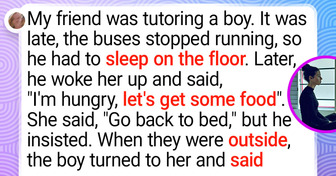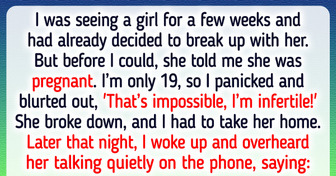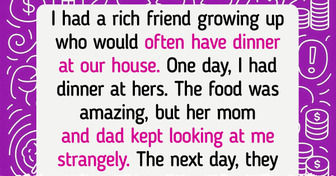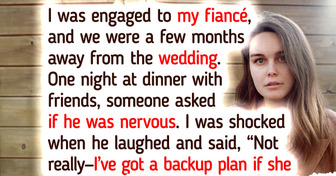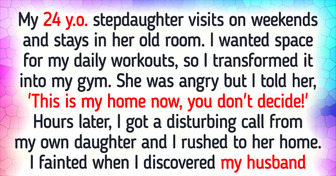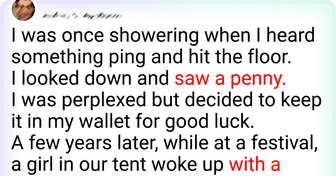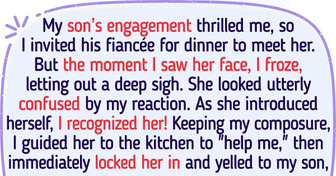18 Stories About Exes That Are Hard to Erase From Memory

It’s one of the most important national monuments of the United States, with over 500,000 visitors each year. The Washington Monument was constructed to commemorate George Washington. But if you’ve ever looked at it closely, in person or by googling its pictures, you’ve surely noticed it has two different colors.
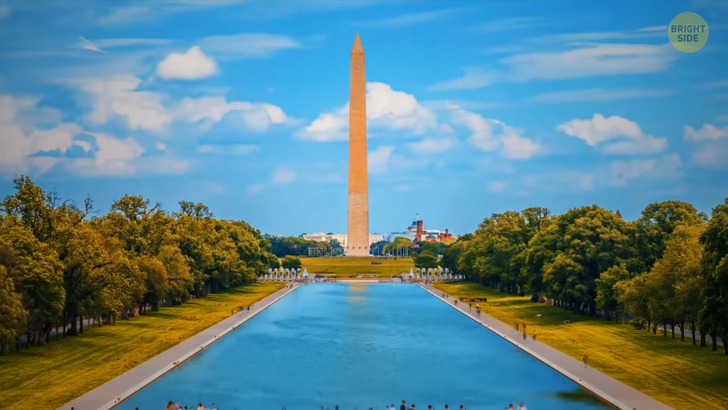
Well, it’s not a design choice, if that’s what you’re wondering. The Washington National Monument Society — the authority in charge of the construction — ran out of funding, and the project was put on hold in the 1850s. It took another twenty-five years for the authorities to resume the construction. They finished the upper two-thirds of the monument in 1884.
Since they evidently used marble from a different location, given the time that had passed, it was difficult to envision how these materials would behave in the future. These two sections looked very much alike at first. But with time, mostly due to winds, rain, and erosion, they ended up having different hues. There’s even a third portion of marble — which is noticeable only if you pay very close attention.
The constructors initially went for a marble provider in Massachusetts but quickly realized the colors didn’t match. They had to switch to another supplier — but their mistake resulted in this third shade of marble. It’s only noticeable upfront, so people mostly think the monument has two colors. The constructors figured out the difference quite fast and found a type of marble that resembled the initial one. But the new material eventually turned a different color, too — mostly due to weather conditions.
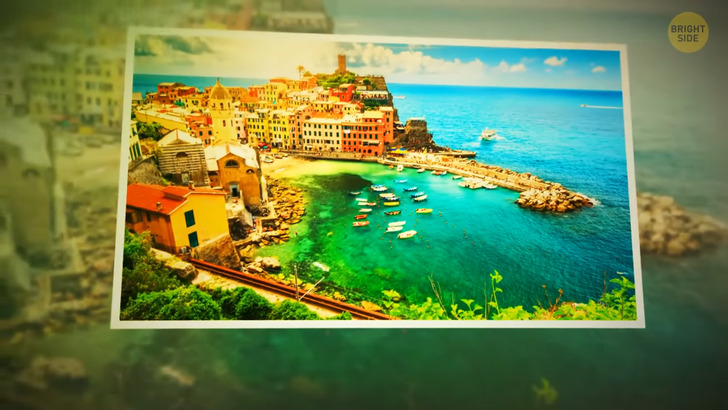
Are you one of those people who like to spend their free time on Pinterest or Instagram in search of your next travel location? Then you surely haven’t missed a little Italian town called Cinque Terre. The reason why it’s so popular amongst photographers and globetrotters is its brightly painted buildings, which come in a nice contrast to the crystal-clear ocean waters. These houses come in a huge selection of colors, from green to yellow or even bright pink.
So it’s no wonder this location is such a hit. It looks more like a painting than an actual place on Earth. But why are these houses so gorgeously bright? Local legends say that fishers used to paint their homes in various colors so that they could quickly spot them from the water as they came back home from the sea.
Now some other buildings come with coloring so specific that their inhabitants are prohibited from changing it by law. It’s the case of the “Pink City,” otherwise known as Jaipur in India. It has numerous buildings in different hues of pink, from dusty rose to fuchsias. This impressive coloring dates back to the 1800s. Rumor has it that the Indian Maharaja of the time, Sawai Ram Singh, wanted to welcome Prince Albert during his visit.
So, he literally painted the whole town pink. Which, of course, begs the question: why he chose pink and not any other color. And it turns out this hue was meant to subtly imply the idea of a welcoming location or a place of hospitality. Jaipur isn’t the only monochrome city in the world. Its blue counterpart is located in Morocco. It’s called Chefchaouen.
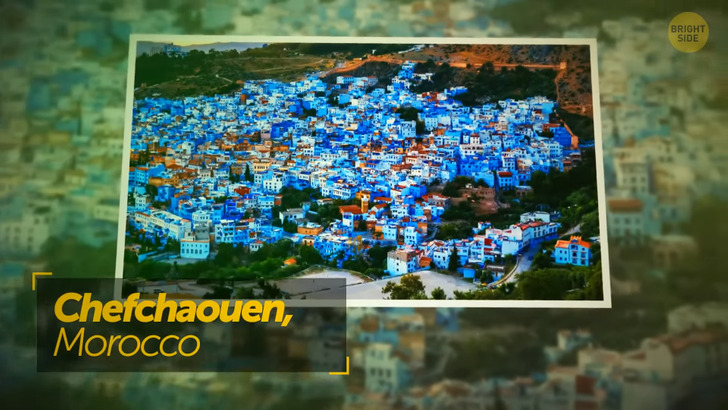
Some locals say that the city is painted blue to symbolize the beautiful coloring of the Mediterranean Sea. Others consider that painting their houses blue keeps them cooler when it’s hot. There are even claims that painting a house blue can help keep mosquitoes away. People believe that the hue resembles the waves of the sea, which isn’t really a desirable location for insects if you think about it.
This construction has become the undeniable symbol of the city of love. Aaah, La Tour Eiffel, I can smell a freshly baked baguette, can’t you? Well, it turns out the Eiffel Tower has a little chromatic secret of its own. This famous French monument is painted chestnut brown these days. But it hasn’t always been this color. The engineer who built the tower (and also gave it its name) was a man called Gustave Eiffel.
He claimed that the initial paint used for the tower — a very bright red — was supposed to help protect the construction from rust. Kind of like the Golden Gate Bridge does in San Francisco. But since it was built, The Eiffel Tower has had many different hues, like ochre, yellow, and several shades of brown. At one point, they even used the ombre paint effect. It made the tower look as if it was fading upon reaching the sky.
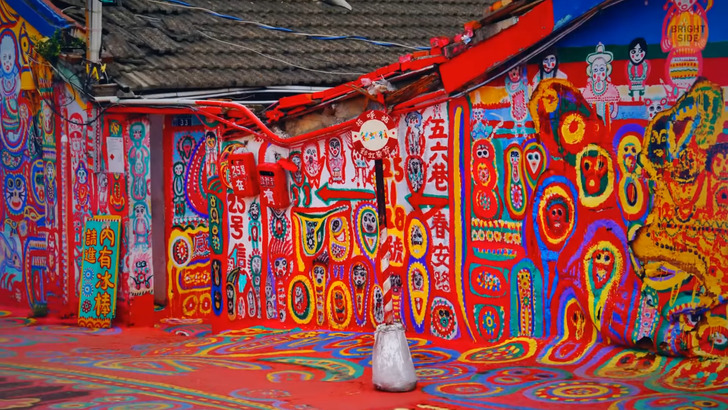
I’ve hardly ever heard a more touching story than that of the Taiwanese “Rainbow Grandpa.” His name is Huang Yung-fu, and his story begins in the late 2000s. Given he was officially the last resident, the local authorities were just about to bring down his small village in order to make room for a modern apartment complex.
To cope with his sadness, the man started painting the walls of the houses in his village. He began with drawings of birds, cats, and, eventually, people. In 2010, a local university student found out about this little DIY project, and the rest was history. With the help of a fundraising campaign, this little village now attracts a staggering number of tourists each year — over a million! It’s no wonder the local authorities eventually renounced their plans.
While we’re on the subject of beautiful designs, there’s a library out there that actually looks like a giant bookshelf! Nope, it’s not a scene from a fantasy movie; somebody actually built that! One of the facades of the Kansas City Public Library looks like an ordinary row of books lined up on a shelf. Well, not really ordinary since the books are twenty-five feet tall and nine feet wide each. You don’t need to be a book nerd to want to check this one out soon.
The world’s largest basket isn’t meant for overweight cats — it’s actually a building. Yep, there’s a building out there that is actually shaped like a basket. You can find it in Newark, Ohio. It was initially built to serve as headquarters for the Longaberger Company, an American producer of handcrafted wood baskets. It’s also renowned among professionals as one of the best-known examples of mimetic architecture. That’s a type of design when buildings are constructed to mimic their function or purpose.
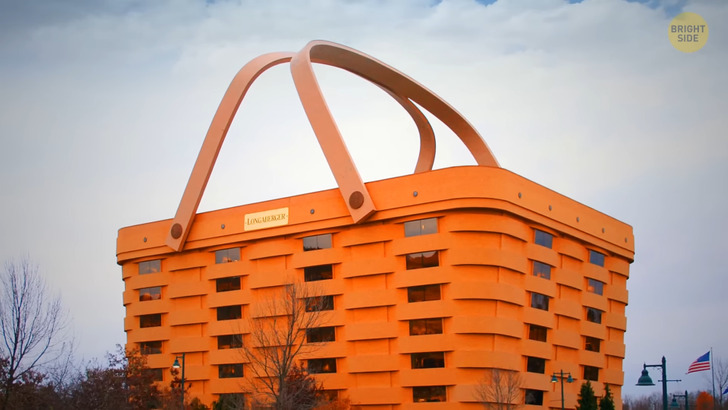
The building covers 180,000 square feet. It cost around $30 million to build and was completed in 1997. With 7 floors and a central atrium, it also has a glass ceiling which lets natural light get inside. This immense basket is also topped with two steel handles. They’re equipped with heating elements that prevent them from freezing. They also protect the glass atrium situated right below from any ice that might fall on it during the Winter season.
In Darmstadt, Germany, there’s a residential building complex built in the 1990s. Named the Waldspirale, it has a wonderful design — as well as an interesting story to back it up. The name literally translates to “forest spiral.” This might refer to the plan of the building, along with the fact that its roof is green. Not simply in color, though.
This swirly building has a jaw-dropping forest on its roof, with maple and lime trees. The unique construction was completed in 2000. It has 105 apartments and more than 100 windows — each of them with its particular shape and size. With 12 floors at its highest point, the building also houses a cafe and a bar. Another interesting feature? Each corner in the construction is rounded off.
Should you ever find yourself visiting the city of Rotterdam in the Netherlands, try not to miss the Cube houses. These unique buildings are placed above ground level on top of a pedestrian bridge, close to the city center and the Rotterdam Blaak metro station. In the 20th century, the city of Rotterdam was damaged. That’s why later, it became the focus of new, cutting-edge architecture designs.
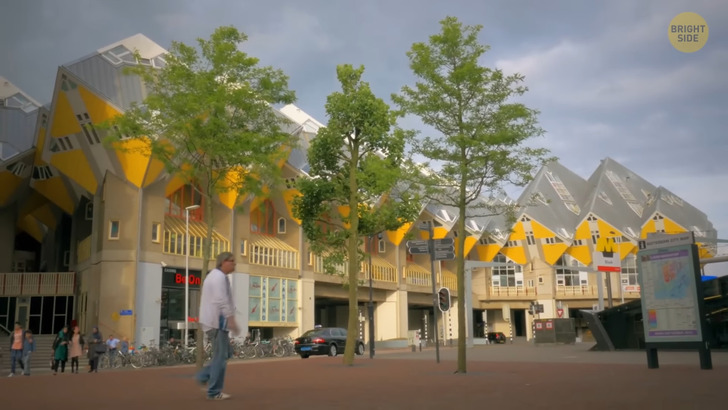
Dutch architect Piet Blom started designing functional housing, which could also leave some room for pedestrians on the ground level. He got the idea for these houses from simple elements, such as forests and trees. Each house is placed on a hexagonal pylon — a construction made of concrete and designed to look like the trunk of a tree. Each of these pylons has a staircase that leads to well-spaced living areas.
Another example of a house that looks as if it has just escaped from a fairy tale is the Nautilus House. You can find it near Mexico Citry, Mexico. With its shell-like shape, it’s also one of the first representations of “bio-architecture.” The man behind this unique design is Javier Senosiain.
He was inspired by the works of Gaudi and Frank Lloyd Wright. The very concept of “bio-architecture” is that buildings should be constructed based on structures found in nature. It’s also supposed to remind people of their local history and traditions.
The Nautilus House doesn’t have a lot of storage space, according to the builders. But this structure is supposed to be earthquake-resistant and maintenance-free. Not to mention hundreds of tiny rainbow-colored stained-glass windows decorating the building.

